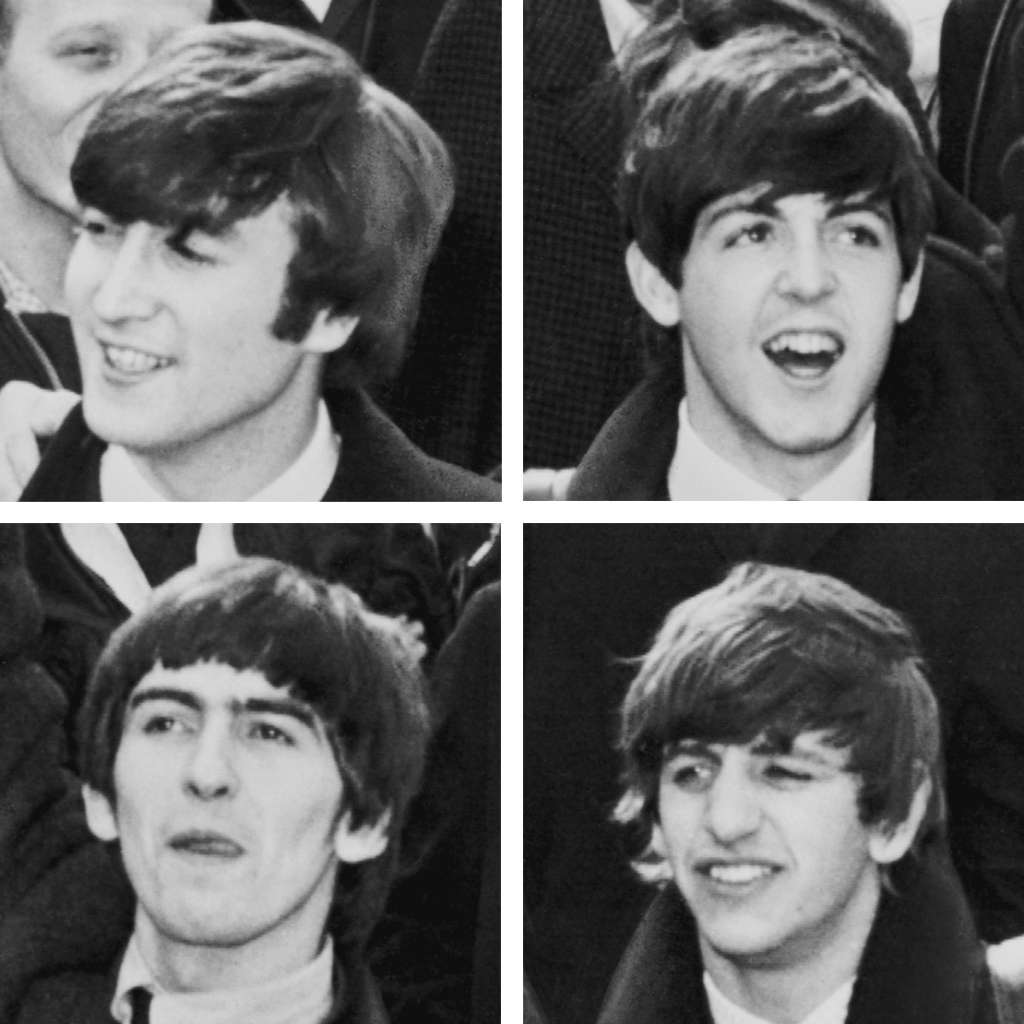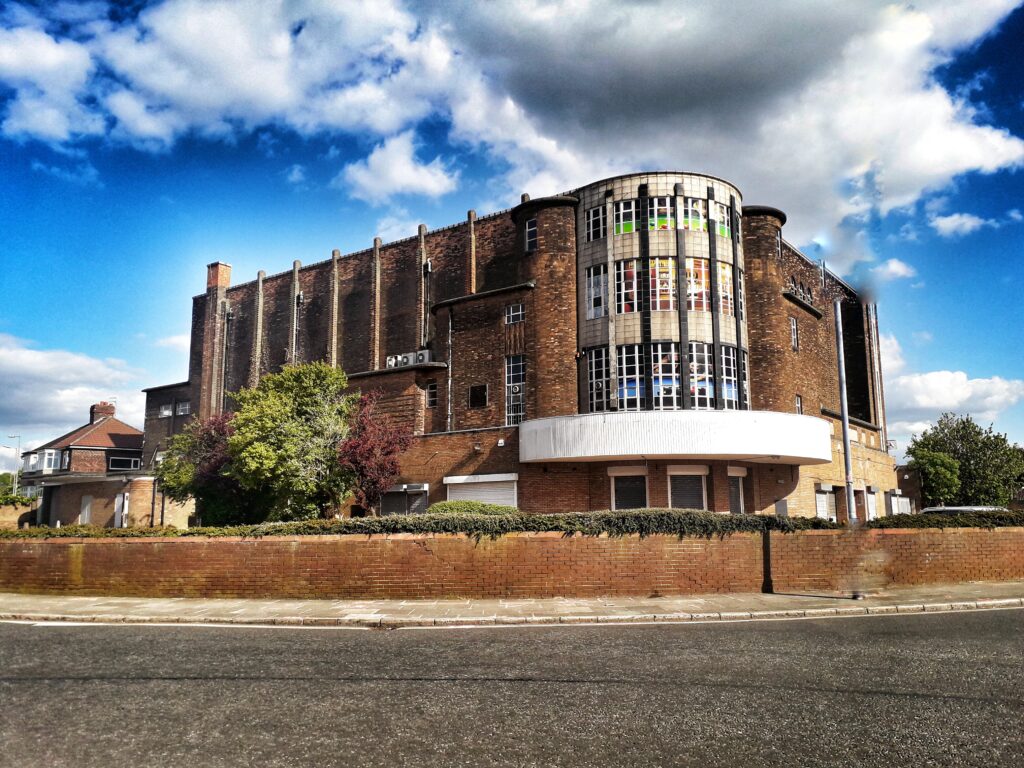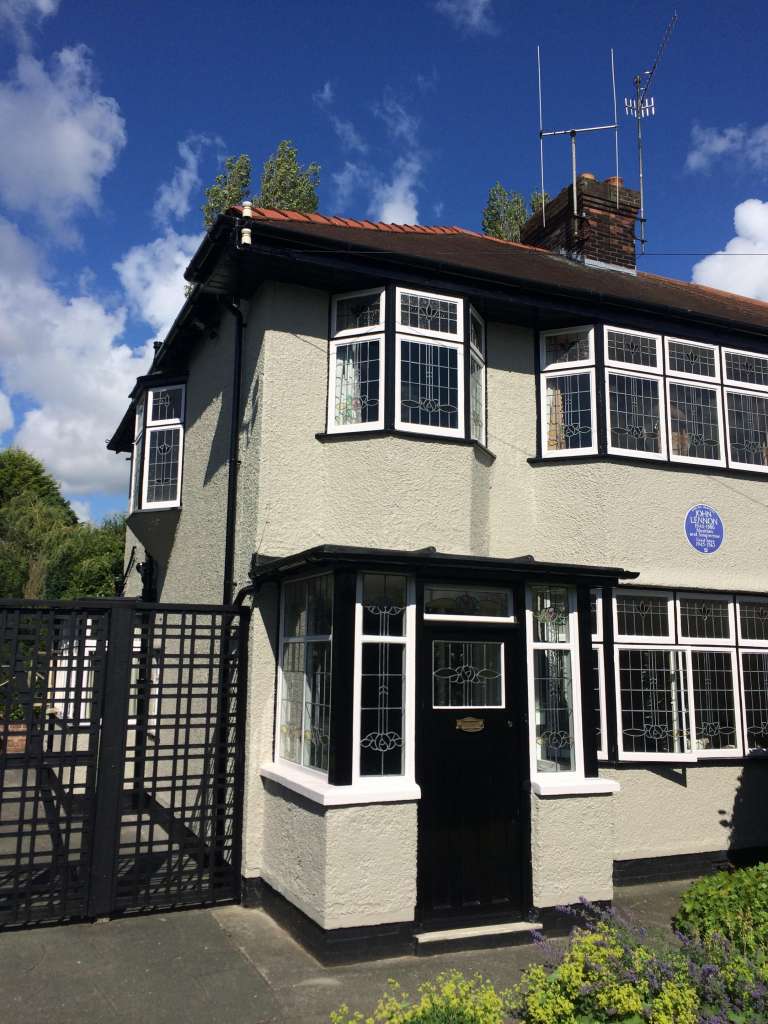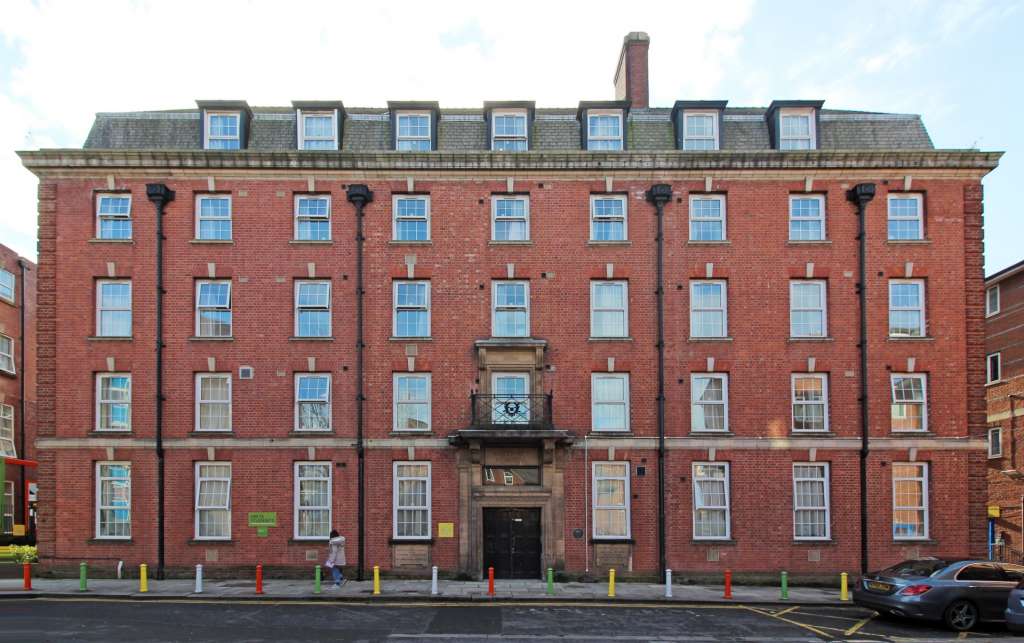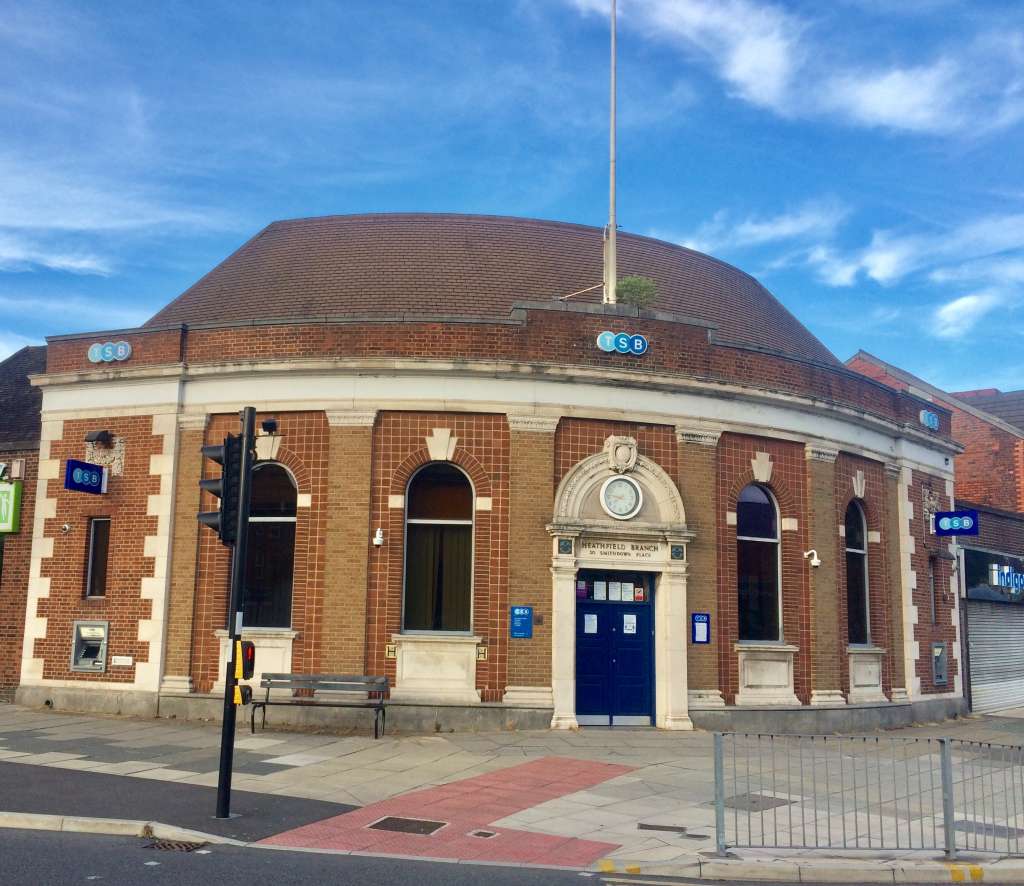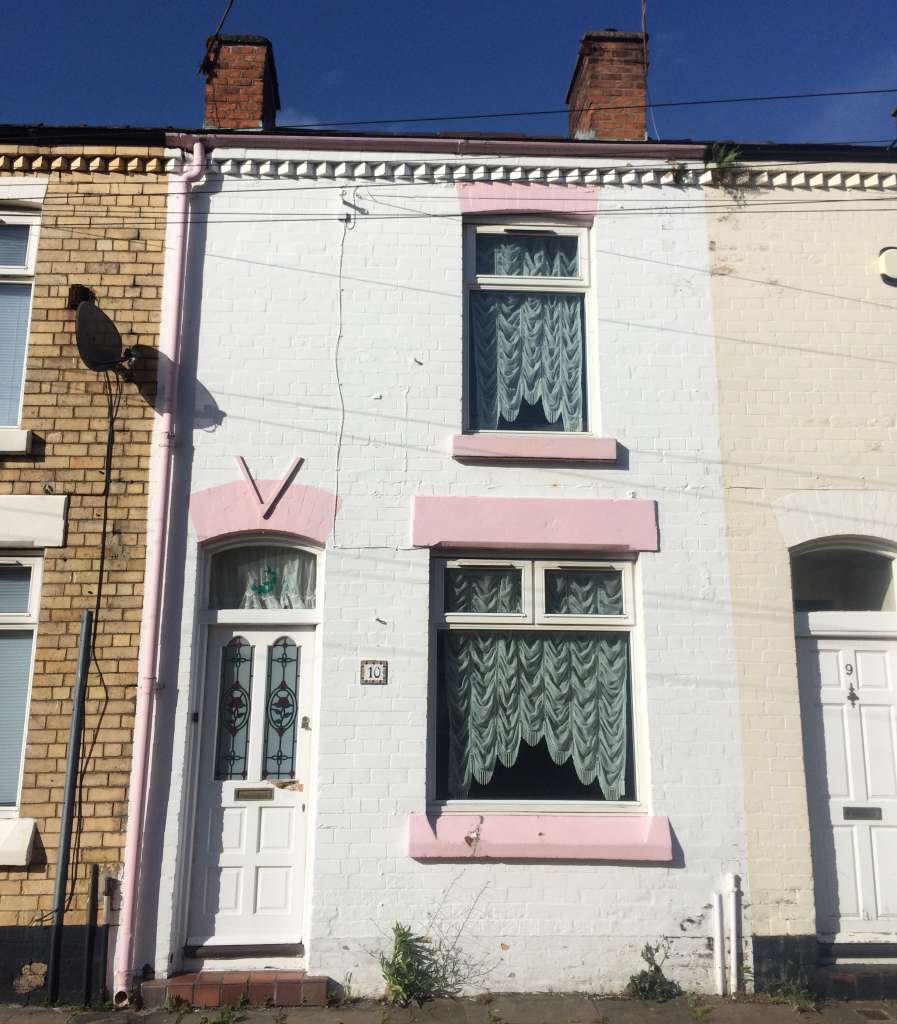PRESS RELEASE: Beatles landmarks need ‘Help’ on 80th anniversary of John Lennon’s birth
7th October 2020
Historians have called for stronger protection of Liverpool’s Beatles birthplaces and tourist landmarks, as fears grow for a series of locations associated with the Fab Four ahead of the 80th anniversary this Friday of band founder John Lennon’s birth.
Just a week before celebrating Lennon’s wartime arrival into the world at Liverpool’s Oxford Street Maternity Hospital on October 9th 1940, the city’s Cavern Club, where the band played almost 300 times, has announced closure until further notice, saying Covid restrictions currently make opening ‘impossible’.
And on the same day, TSB Bank plc announced they would permanently shut their 90 year old bank branch on the corner of Penny Lane, whose manager was immortalised by Sir Paul McCartney’s 1967 song lyrics as the man who ‘never wears a mac in the pouring rain – very strange’.
Opposite the Penny Lane Bank, and also mentioned in the US Number One hit song, stands the former tram ‘shelter in the middle of the roundabout’, where the teenaged Beatles would meet on their way to and from school, and McCartney wrote about the ‘pretty nurse selling poppies from a tray’.
A failed project some years ago to convert the Penny Lane tram shelter into a Sergeant Pepper Bistro means it currently lies empty and forlorn.
Ten minutes walk up the hill from Penny Lane, past John Lennon’s first home at 9 Newcastle Road and first school at Mosspits, stands the art deco Abbey Cinema in Wavertree, mentioned by Lennon in the original lyrics of his Beatles classic ‘In My Life’ as one of the ‘places I remember’, a song he described as ‘my first real major piece of work’ (read this article for more information).
From 1979 until its sudden closure in April this year, the Abbey had been used as a supermarket, but new owners Lidl are now feared to favour demolition.
Opened in 1939 on the eve of war, the Abbey was also fondly recalled by Beatles guitarist George Harrison in the first lines of his autobiography, which describe his birthplace at nearby 12 Arnold Grove as being ‘a bit like Coronation Street’, just behind the big art deco cinema.
Music historian Mark Lewisohn describes the Abbey as of ‘special importance to the early days of the Beatles’, and in August, SAVE Britain’s Heritage called on Culture Secretary Oliver Dowden to list the building, backed by experts from the Cinema Theatre Association and The Twentieth Century Society (click here to view the listing application). A petition by local group Love Wavertree has so far garnered over 4,000 names in support of listing (click here to sign the petition).
SAVE is now widening its call to the Government to encompass a review of listing protection and potential investment strategies for all Liverpool’s Beatles landmarks, in the light of ongoing threats to Beatles heritage and the Covid related collapse in the city’s international tourism.
In August, the iconic ‘Salvor’ ship’s mast that stood in Liverpool’s waterfront UNESCO World Heritage Site was dismantled and removed for a road scheme, dismaying Beatles experts who knew it as the location of the best of a surprisingly rare number of band photo shoots taken with Ringo in their hometown. Liverpool Council denied the Salvor mast would be scrapped, but admitted a new location had yet to be identified.
Urban planner and Beatles guide Jonathan Brown, who wrote the listing applications for SAVE, said: “The Beatles shaped the world of the biggest and richest generation of all time, the post war ‘baby boomers’, and blessed Liverpool as a place of spiritual pilgrimage for music lovers from across the world.Taken together, our Beatles locations form a cultural heritage of magnetic global power, yet most of their homes, birthplaces and early venues still remain unprotected. Happily, many of the places where they developed their friendships and love of music in the early years do survive, by chance rather than design, but too many are still being lost.”
SAVE fought a successful ten year campaign to prevent demolition of drummer Ringo Starr’s birthplace at 9 Madryn Street, culminating in a celebrated legal victory in 2015. The humble terraced row house in Toxteth was one of 400 homes Liverpool council had emptied and condemned to the bulldozer in the Victorian ‘Welsh Streets’, but which are now enjoying a high quality renovation.
During that campaign, SAVE’s application for listing of the Beatles childhood homes and birthplaces was partially successful, winning legal protection for Lennon and McCartney’s houses at 251 Menlove Avenue and 20 Forthlin Road, which are run as museums by the National Trust.
However, in 2012 the then Culture Secretary Jeremy Hunt, turned down SAVE’s application to list the birthplaces of Ringo Starr and George Harrison, acting on English Heritage advice that ‘the houses have no link with the Beatles success’, despite them being visited by hundreds of thousands of tourists, and cited prominently by the musicians themselves in their autobiographies.
Hunt also declined English Heritage advice to list the ornate red gates of the Strawberry Field mansion in Woolton, where Lennon would play as a child. The gothic villa, which inspired the beloved song, was torn down in the 1970s and the wooded gardens hymned by the Beatles became inaccessible, until the opening of an attractive modern education and visitor centre last year.
The birthplace of John Lennon at the former Oxford Street Maternity Hospital, now student flats, is also unlisted. Only Paul McCartney’s birthplace at Walton Hospital has any legal protection, as its outstanding Victorian clock tower is already a historic landmark separate from any Beatles association.
Marcus Binney, executive president of SAVE Britain’s Heritage says: "Robert Jenrick, the Communities Secretary, has called for more protection for local cultural heritage and we appeal to him and Culture Secretary Oliver Dowden to issue a group listing protecting all significant Beatles landmarks in Liverpool. The Beatles are probably the most powerful British cultural phenomenon of the 20th century, and it is ‘unimaginable’ that their birthplaces should remain without legal protection 80 years after Lennon’s birth, and 40 years after his tragic death.”
Clare Devaney of the Love Wavertree community group that started the petition for the Abbey Cinema says: “In Wavertree we have George Harrison’s birthplace and Lennon’s first home alongside outstanding Beatles landmarks like the Abbey Cinema, yet up to now none are listed or even have plaques – we are keen to see more creative use of these wonderful assets as we rebuild our cultural economy.”
Music historian and former EMI archivist Mark Lewisohn, whose research for an encylopediac three volume band history has earned him acknowledgment as the world’s foremost Beatles biographer, supports SAVE’s campaign, saying: “In Volume One of my history trilogy, ‘Tune In’, I noted Liverpool’s mad slashing of its own heritage, the constant one-by-one demolition of its Beatles associated buildings. Too many have gone now, which is especially illogical considering that Beatles tourism is essential to the city’s financial well-being. I call again on the Culture Minister, Historic England and Liverpool’s councillors to stop such destruction – the Abbey Cinema is just the latest classic example of a building whose survival needs to be ensured.”
ENDS
Note to editors
1. For more information and images contact SAVE Britain's Heritage at office@savebritainsheritage.org or 07388 181 181.
2. SAVE Britain’s Heritage has been campaigning for historic buildings since its formation in 1975 by a group of architectural historians, writers, journalists and planners. It is a strong, independent voice in conservation, free to respond rapidly to emergencies and to speak out loud for the historic built environment. See here for details about our current campaigns across the UK.

